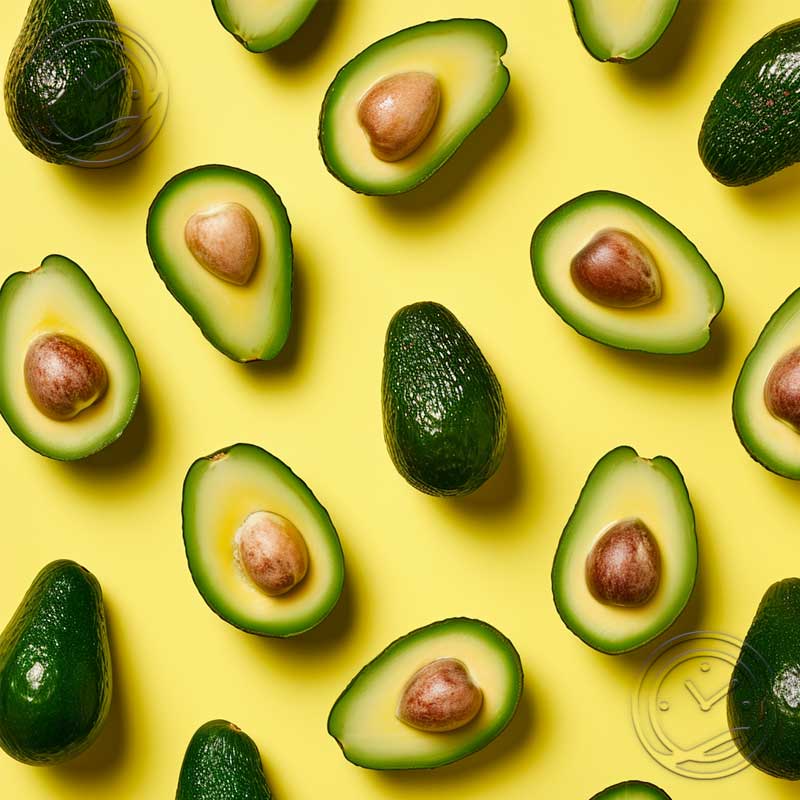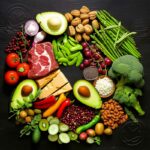What is the Ketogenic Diet?
The ketogenic diet (also known as keto diet, low-carb diet, or high-fat diet) is a low-carb, high-fat diet that forces your body to burn fat for energy instead of carbs.
When you eat a keto diet, your body enters a state of ketosis, where it uses ketones for fuel instead of glucose. Ketones are produced when your body breaks down fat.
The ketogenic diet has been shown to have a number of benefits, including weight loss, improved blood sugar control, and reduced risk of heart disease.
However, the keto diet is not for everyone. It can be difficult to follow, and it can also lead to side effects such as fatigue, nausea, and constipation.
If you’re thinking about starting a keto diet, be sure to talk to your doctor first.
Benefits
The ketogenic diet has been shown to have a number of benefits, including:
Weight loss: The ketogenic diet is a very effective way to lose weight. In one study, people on a ketogenic diet lost an average of 13 pounds more than people on a low-fat diet.
Improved blood sugar control: The ketogenic diet can help improve blood sugar control in people with type 2 diabetes. In one study, people on a ketogenic diet saw their blood sugar levels drop by an average of 20%.
Reduced risk of heart disease: The ketogenic diet can help reduce the risk of heart disease by lowering cholesterol levels and improving blood pressure.
Improved brain function: The ketogenic diet can help improve brain function in people with conditions such as Alzheimer’s disease and epilepsy.
Increased energy levels: The ketogenic diet can help increase energy levels in people who are overweight or obese.
Reduced inflammation: The ketogenic diet can help reduce inflammation in the body, which can lead to a number of health benefits.
Improved sleep quality: The ketogenic diet can help improve sleep quality in people who are overweight or obese.
Lowered risk of cancer: The ketogenic diet may help lower the risk of cancer by reducing inflammation and improving insulin sensitivity.
Overall improved health: The ketogenic diet has been shown to improve overall health in people who are overweight or obese.
Unlock the secrets of the keto diet! Discover how this unique approach to eating can lead to efficient fat burning,…
Side Effects
The ketogenic diet can cause some side effects, including:
- Headaches.
- Nausea.
- Diarrhea.
- Constipation.
- Fatigue.
- Muscle cramps.
- Increased thirst.
- Bad breath.
- Trouble sleeping.
These side effects are usually mild and go away within a few weeks as your body adjusts to the diet. However, if you experience any severe side effects, such as vomiting, abdominal pain, or weight loss of more than 10 pounds in a month, you should see your doctor.
It is important to note that the ketogenic diet is not for everyone. If you have any underlying health conditions, you should talk to your doctor before starting the diet.
How to Start a Ketogenic Diet
The ketogenic diet is a high-fat, low-carb diet that has been shown to have many health benefits, including weight loss, reduced inflammation, and improved blood sugar control.
If you’re thinking about starting a ketogenic diet, here are a few tips to help you get started:
- Do your research. Before you start any diet, it’s important to do your research and make sure that it’s right for you. Learn about the ketogenic diet, its benefits and risks, and how to follow it properly.
- Talk to your doctor. Before starting a ketogenic diet, it’s important to talk to your doctor, especially if you have any underlying health conditions. Your doctor can help you determine if the ketogenic diet is right for you and can provide you with guidance on how to start it safely.
- Start slowly. When you’re first starting a ketogenic diet, it’s important to start slowly and gradually increase your intake of fat and decrease your intake of carbs. This will help your body adjust to the diet and reduce the risk of side effects.
- Find support. Starting a ketogenic diet can be challenging, so it’s important to find support from friends, family, or online communities. Having support can help you stay motivated and on track.
- Be patient. The ketogenic diet can take some time to show results. Don’t get discouraged if you don’t see results immediately. Just keep at it and you will eventually reach your goals.
If you follow these tips, you can successfully start a ketogenic diet and reap the many benefits it has to offer.

Unlock the secrets of the keto diet! Discover how this unique approach to eating can lead to efficient fat burning,…
Meal Plan
A ketogenic diet is a low-carb, high-fat diet that can help you lose weight and improve your health.
When you eat a ketogenic diet, your body produces ketones, which are molecules that your body uses for energy instead of glucose.
Ketones are produced when your body breaks down fat for energy. This process is called ketosis.
A ketogenic diet can help you lose weight because it helps you burn fat more efficiently.
A ketogenic diet can also help you improve your health by reducing inflammation, improving blood sugar control, and lowering your risk of heart disease.
Here is a sample ketogenic diet meal plan for one day:
Breakfast:
- 2 eggs
- 1 avocado
- 1 cup of spinach
- 1 tablespoon of olive oil
Lunch:
- Salad with grilled chicken, avocado, tomatoes, and cucumbers
- 1 tablespoon of olive oil
Dinner:
- Salmon fillet with roasted vegetables
- 1 tablespoon of olive oil
Snacks:
- Handful of nuts
- Cheese stick
- 1 cup of berries
This is just a sample meal plan, and you may need to adjust it to fit your individual needs.
If you are considering starting a ketogenic diet, talk to your doctor first.
Grocery List
Here is a sample ketogenic diet grocery list:
- Meat: Beef, pork, chicken, fish, lamb
- Seafood: Salmon, tuna, shrimp, lobster
- Eggs
- Dairy: Butter, heavy cream, cheese
- Vegetables: Leafy greens, broccoli, cauliflower, asparagus, zucchini
- Nuts and seeds: Almonds, walnuts, pecans, chia seeds, flax seeds
- Healthy oils: Olive oil, avocado oil, coconut oil
- Condiments: Salt, pepper, spices, herbs
Note that this is just a sample list, and you may need to adjust it based on your individual needs and preferences.





